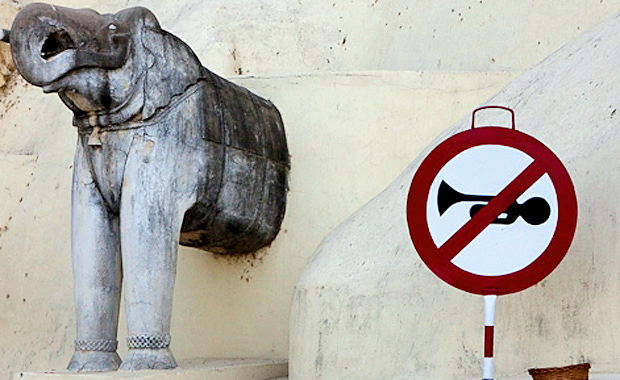
Google's getting into hardware to take on Apple. And Apple could be planning a smaller iPad, to edge out Amazon's Kindle Fire. Facebook filed a whopping big S-1 for an IPO this year, while Amazon pondered a retail store. It's clear the Great Tech War of 2012 is going strong, and India is one of the most desirable regions in the skirmish. Let's take a look at the latest developments.
Apple is looking at India with renewed interest. Not so much as a place to sell its products (not yet, anyway), but as an outsourcing base to test wares and build applications for its own use. Apple spends about $100 million--that's about a fifth of its outsourcing budget--in India, the Economic Times says, and sources have told ET that Apple is planning to quadruple that amount. Niall O'Connor, Apple's chief information officer, visited India's Infosys and Wipro in late January, causing a buzz about what Apple's plans were for India's premier IT consultancies.
Amazon, meanwhile, has had a busy few weeks. The company's much-anticipated launch of an India site was a bit of an anticlimax--Junglee.com launched in early February, not as a seller but rather an aggregator of products that other partner sites sold. A mere week after Junglee.com launched, Amazon was given a thumbs-up from the India government to set up shop in the country and run an online sales and courier business. When Amazon does launch in India, its big competitors on the e-commerce front will be local sites like the newly formed Flipkart-LetsBuy duo and possibly even Walmart, which opened an India office in November for their Walmart Labs research wing (and recently hired an ex-Amazoner as to head it up).
Over in Facebook's corner, things are looking up. India overtook Indonesia as Facebook's biggest user base after the U.S. As of December 2011, Facebook counted 46 million "monthly active users" in India as of December--"an increase of 132% from the prior year," the company reported in its S-1 filing. Emerging economies like India and Brazil, with a low internet penetration, offer Facebook plenty of room to grow in the years ahead. Facebook's reach promises to extend beyond their web service to mobile phones and feature phones. Facebook's already got a deal going with microchip maker MediaTek in India, and this week announced a partnership with carrier Orange, to extend Facebook on mobile phones in Africa. Facebook's also announced a partnership with South Asian social music startup "Saavn."
Google and Facebook both buckled to pressure from Indian courts and took down controversial content that was hosted on their pages. The two companies declined to say what the content was, or why they agreed to the takedown after initially resisting the request. Possibly preparing for future situations of this sort, Google has begun to assign country domains to blog addresses. This would allow Google to block content by country (as Twitter now can) if it needed to.
Google added to its list of Internet projects simmering on in India. Following the philanthropic lead set by their Internet bus and the "India Get Your Business Online" program for small and medium businesses, Google launched a pilot project to help women entrepreneurs use the web to grow their businesses. The Women Entrepreneurs On The Web pilot launched in Hyderabad with 30 women in India, the first of a several similar programs Google hopes to launch in other parts of the Middle East and Asia.
Meanwhile, Google's more mainstream product, Google+, is also going places. Japan and India were two Asian countries that they'd seen a healthy early growth. "When we see organic adoption," Ryan Hayward, who oversees Google's marketing for Asia told TheNextWeb, "We then try to figure out why it happened before we go out to try to make more of it by giving experts and celebs a platform." For all its sunny statements, Google has yet to reveal numbers.
There's yet another area that Google's looking to grow in India and the rest of the developing world, though, and that's in the smartphone space. A new report from In-Stat claims that low-end devices running young Android OSs 2.2 and 2.3 will flood the developing countries. By 2015, In-Stat reports, 80% of those markets may be running on such Android phones.
[Image: Flickr user Heather Buckley]
Nidhi Subbaraman writes about technology and India. Follow on Twitter, Google+.